What is one thing to know about Mailchimp’s send time optimization?
To help you better understand Mailchimp’s send time optimization, we asked small business owners and marketing experts this question for their best insights. From understanding that automated emails are not offered to recognizing the software’s first try isn’t perfect, there are several things to be aware of before using Mailchimp’s send time optimization.
Here are seven things to know about Mailchimp’s send time optimization:
- Automated Emails Are Not Offered
- It is Very Timely
- You Still Need to Do Your Own Research
- Mailchimp Uses Data Science
- You Must Choose a Plan
- Send Time Optimization May Not Work The Same Day
- The Software’s First Try Isn’t Perfect
Automated Emails Are Not Offered
Send time optimization is not available for automated emails. You must craft the email. Mailchimp analyzes user engagement patterns for their emails to determine the ideal time for sending an email to achieve maximum engagement. By turning on send time optimization, Mailchimp will send the email on your desired sent date at the appointed time. You can still send email campaigns, but they aren’t automated.
Bill Glaser, Outstanding Foods
It is Very Timely
Mailchimp’s send time is on point and timely. It is very difficult to stop a campaign once it is in motion and sent out. Make sure that you have proofread the material multiple times in order to see that everything is on par with messaging and it is good to go.
Shaun Price, MitoQ
You Still Need to Do Your Own Research
There has been a lot of research done about the best time to send a message to an email subscriber. Still, the answer truly lies in what works best for your audience. While Mailchimp offers time optimization as a perk, you should still do your own A-B tests to see what jives with your audience that sends messages to your subscriber count at different times. Then, use a comparative reporting feature to help identify which had the best open and conversion rates.
Stephanie Venn-Watson, fatty15
Mailchimp Uses Data Science
Send time optimization takes a lot of the guesswork out of ensuring your email campaigns are read by your email list contacts. Using data science, Mailchimp’s send time optimization figures out when your email contacts are most likely to interact with your messages. It then schedules emails to be sent at that time, increasing the chances that they will be received and read. It’s a useful tool for increasing contacts’ engagement with your emails.
Candie Guay, Envida
You Must Choose a Plan
You have to be signed up for either the Standard or Premium plan to access Mailchimp’s send time optimization features. Consider whether you are willing to afford these plans and whether this is a worthwhile investment. You could always try it for a month or so to see if your email engagement rates increase during this time.
Drew Sherman, Carvaygo
Send Time Optimization May Not Work The Same Day
Though Mailchimp’s send time optimization is a great capability, it’s not always an option if you’re sending a same day email. You can implement the optimization tool when scheduling emails that are further out, but it can only be used when there are five hours left in the day. That five hours is based on the time zone you’ve set for the Mailchimp account.
Logan Mallory, Motivosity
The Software’s First Try Isn’t Perfect
Mailchimp counts send time optimization based on the previous behavior of recipients; however, it doesn’t have all emails in the database. The software may lack data about recipients you contact for the first time, so its estimation wouldn’t be so successful. Therefore, keep in mind that your campaign will work better and better with every use of your sending list.
Karolina Zajac, PhotoAiD
Terkel creates community-driven content featuring expert insights. Sign up at terkel.io to answer questions and get published.





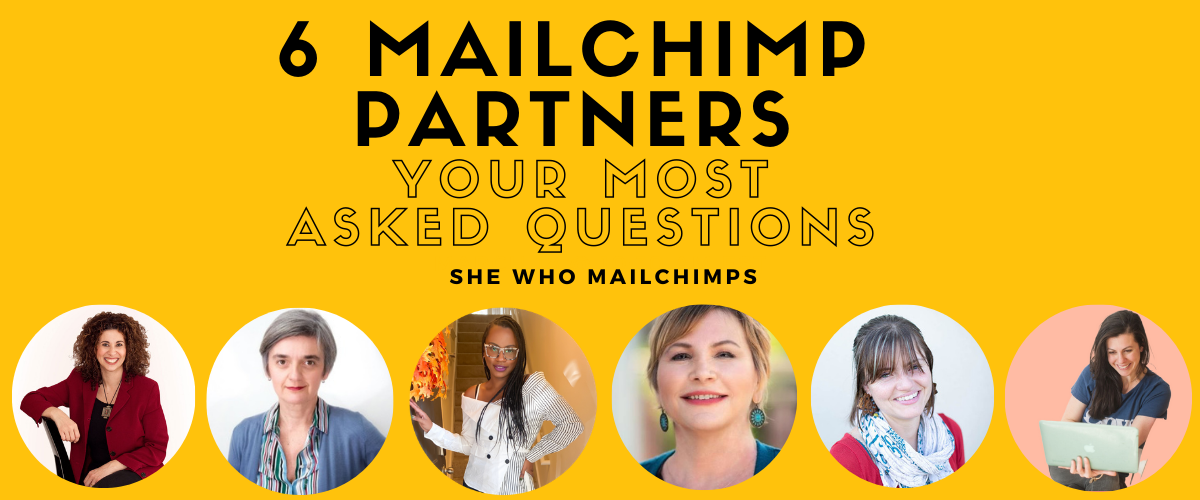


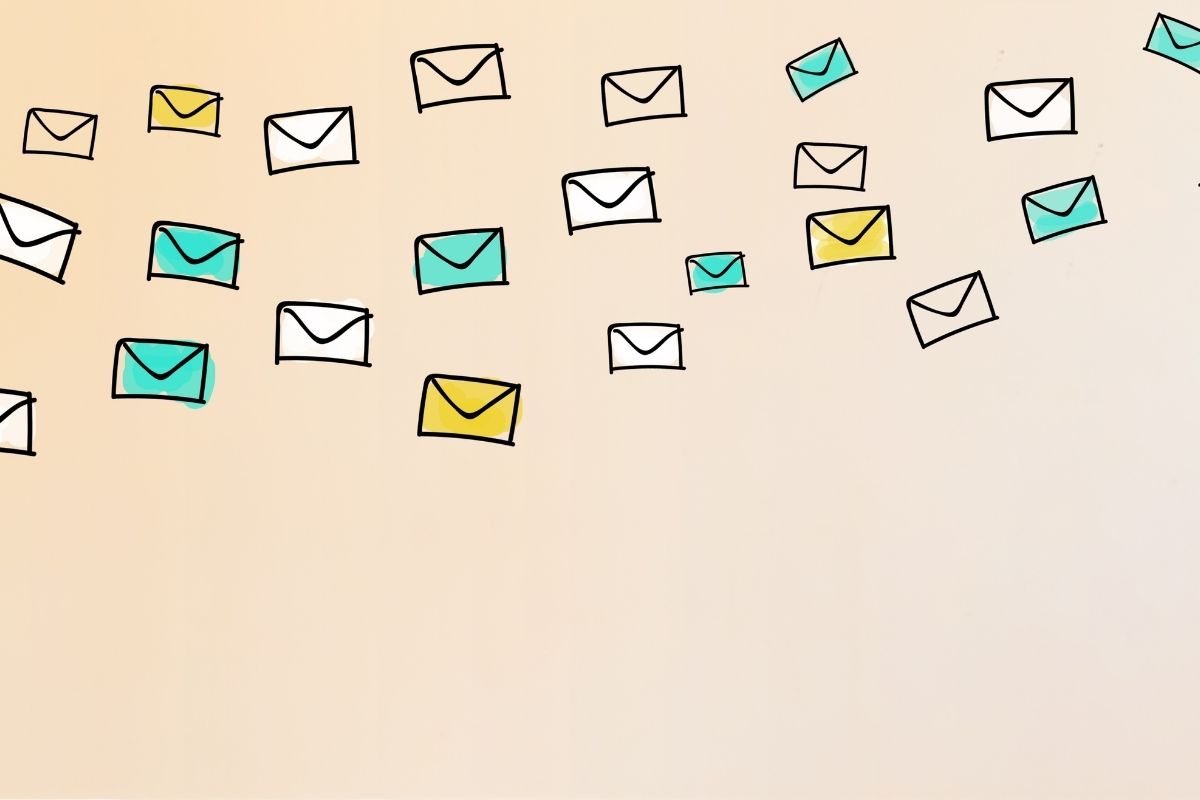
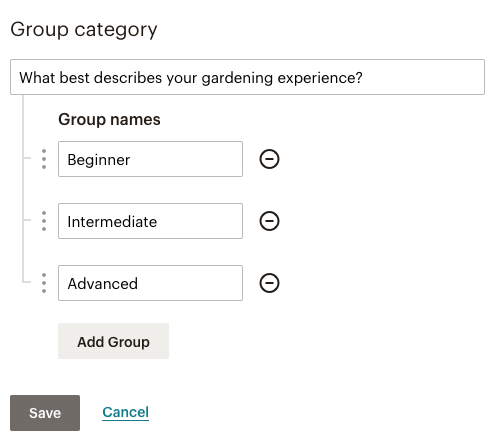
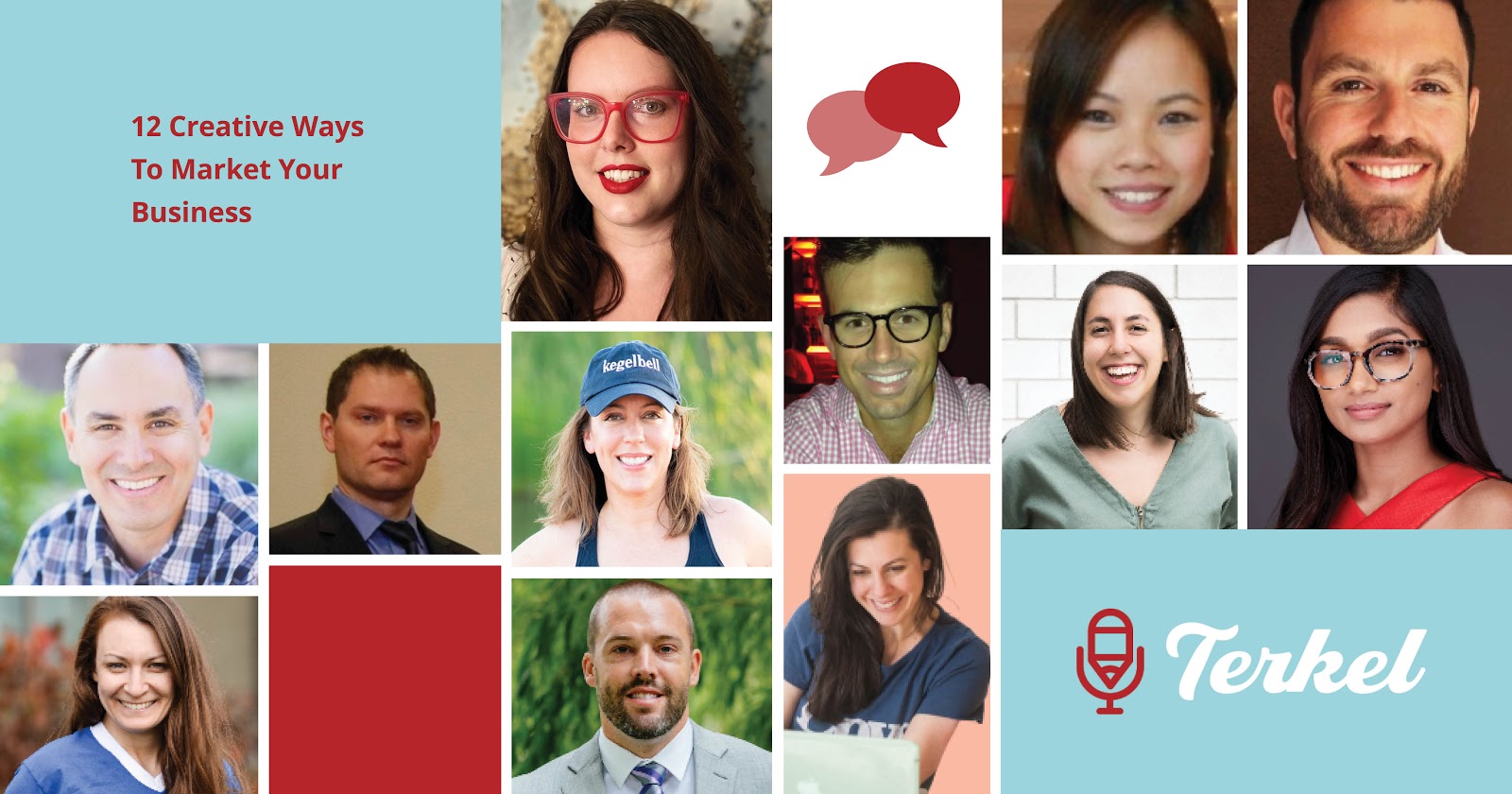
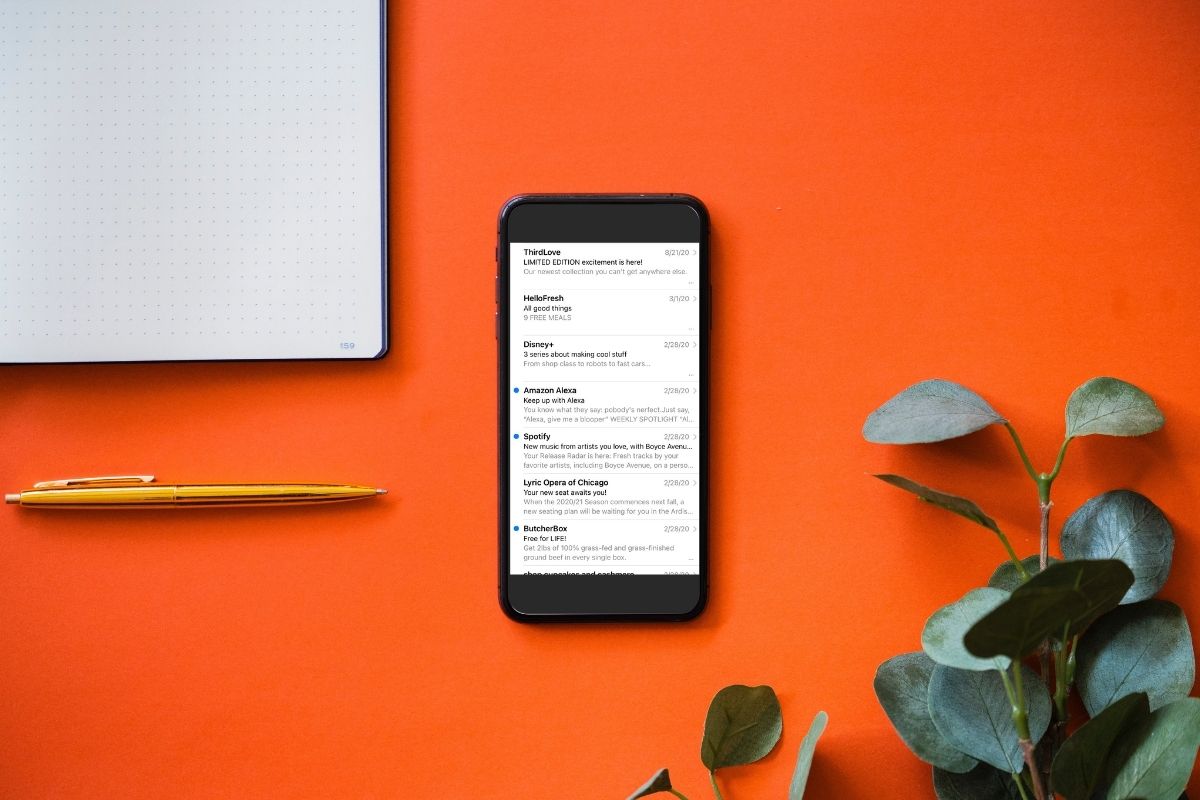


 COO of ZeroBounce, Brian Minick
COO of ZeroBounce, Brian Minick
 DID YOU KNOW that Cyber Monday
DID YOU KNOW that Cyber Monday  )
)
